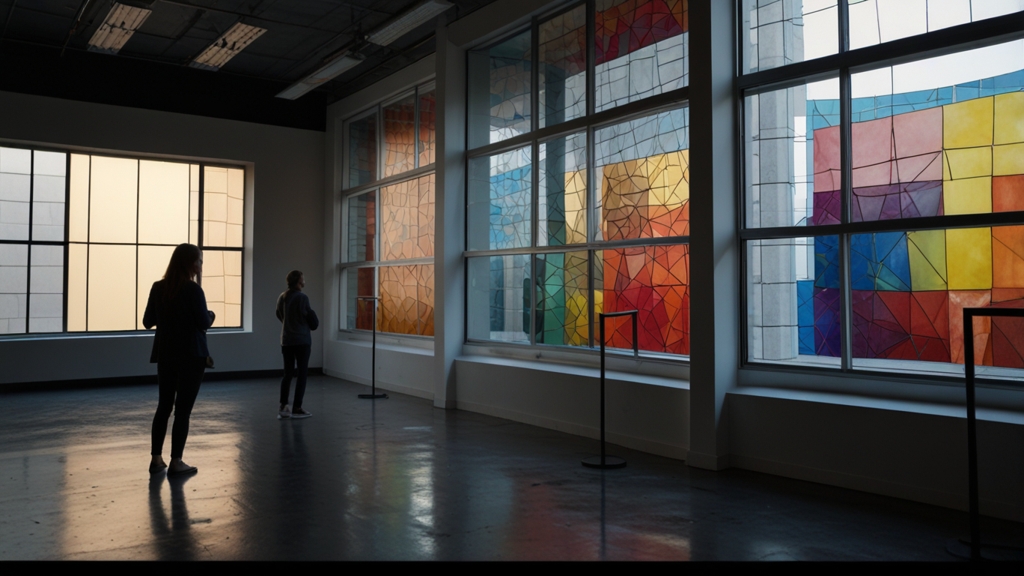Introduction
Ancient Rome, with its grandiose temples, impressive aqueducts, and bustling forums, offers a fascinating glimpse into a civilization that once dominated the known world. However, the Eternal City holds secrets that often go unnoticed by the casual tourist. Today, we delve deep into the lesser-known aspects of Rome that reveal a more complex and intriguing portrait of this ancient metropolis.
The Mithraeum of San Clemente
Hidden beneath the layers of history, the Basilica of San Clemente is home to one of Rome's best-kept secrets—a Mithraeum. Followers of the mysterious cult of Mithras gathered in these underground sanctuaries to perform rituals and ceremonies. Situated below the basilica, the Mithraeum provides a captivating glimpse into the religious diversity that existed in Rome.
The Mithraeum is a subterranean gem, revealing the spiritual undercurrents that flourished beneath Rome's predominantly polytheistic society. It's a memory lane trip to rites and beliefs that have long vanished but once commanded fervent devotion.
The Insulae of Rome
While many are familiar with the opulent villas and majestic palaces of Rome's elite, the majority of Rome's population lived in insulae—large, often overcrowded apartment buildings. Far removed from the grandeur of aristocratic life, these buildings reveal the everyday struggles and societal dynamics of Rome's common citizens. Visiting the remnants of these structures, such as those in the Capitoline Hill area, provides a humbling perspective of life in ancient Rome.
The Secrets of the Cloaca Maxima
One of the world's earliest sewage systems, the Cloaca Maxima is an engineering marvel that underscored Rome's efforts to maintain urban hygiene. Although it is mostly hidden from view, the system's intricate network of tunnels and its role in shaping the urban landscape is nothing short of fascinating.
Rome’s ingenious engineering feats often go unnoticed. The Cloaca Maxima is a testament to the ancient city’s innovative spirit, working silently beneath the surface to ensure the health and hygiene of its citizens.
Underground Rome: The Catacombs
Beneath Rome's bustling streets lies a labyrinth of catacombs—itself a testament to the city's rich and varied history. Initially used by early Christians to bury their dead, these underground burial sites became safe havens for persecuted believers. The Catacombs of Priscilla, for instance, hide intricate frescoes and relics that epitomize early Christian art and their struggles for religious freedom.
The Ostia Antica Enigma
Often overshadowed by the ruins within Rome, Ostia Antica serves as a remarkably well-preserved snapshot of an ancient port city. Walking through its streets, visitors encounter temples, houses, and even public baths that paint a vivid picture of commercial and daily life. Insights gained from Ostia provide rich context to Rome's economic and social fabric.
The Dazzling Domus Aurea
Commissioned by Emperor Nero, the Domus Aurea (Golden House) was a sprawling palace adorned with luxuriant frescoes, mosaics, and marble decor. While much of it remains buried beneath later constructions, recent excavations have uncovered hidden frescoes depicting fantastical creatures and architectural marvels, offering a rare view into the opulence and decadence of Nero’s Rome.
The Hypogeum of the Colosseum
Most tourists are familiar with the Colosseum's imposing structure, but few venture to its depths—the hypogeum. This subterranean network beneath the arena floor included a complex system of tunnels, cells, and animal pens. Mechanical elevators and trapdoors enabled the breathtaking spectacles of gladiatorial combat and exotic animal hunts, making the hypogeum an engineering and theatrical marvel.
The hypogeum was the heartbeat of the Colosseum's grand spectacles, bridging the gap between raw human struggle and sophisticated engineering. It's a hidden stage upon which life-and-death dramas unfolded, unseen by the audience above.
Conclusion
Rome's allure goes far beyond its iconic landmarks. Hidden beneath the layers of history are secrets that offer deeper understanding and appreciation of this ancient city. Whether it's the clandestine worship in the Mithraeum, the daily life within the insulae, or the grand yet hidden structures like the Domus Aurea, these lesser-known aspects reveal a Rome that continues to captivate and intrigue. For those willing to peel back the visible layers, Rome's true essence awaits in its hidden stories and secret corners.








